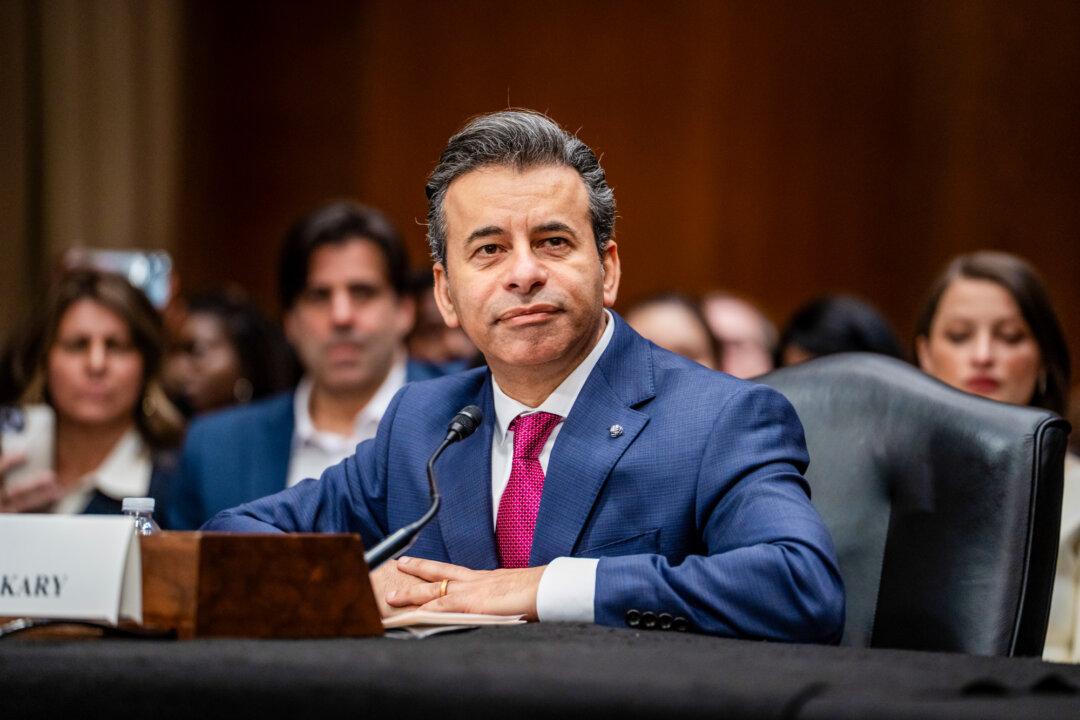Inflation continues to pinch Americans’ wallets and poses a political dilemma for President Joe Biden, with consumers feeling the pain, especially in the cost of food bought in supermarkets and grocery stores.
“Unpleasant surprises aplenty are found in the August Consumer Price Index” or CPI, Bankrate Senior Economic Analyst Mark Hamrick told The Epoch Times in an emailed statement, commenting on the BLS inflation data.
While grocery store inflation came in especially hot, the overall food category which includes food purchased in restaurants (which advanced by 8.0 percent year over year), was also the highest in over four decades.
“The prices for necessities continue to fuel this fire, including shelter, food, and medical care,” Hamrick said. “The report notes that the food index has jumped 11.4 percent over the past year, marking the biggest 12-month increase since May 1979.”
Bread prices rose 16.2 percent from the same time a year ago, milk soared 17 percent, fruits and vegetables jumped 9.4 percent, and eggs spiked 39.8 percent.
Inflation Sends Stocks Tumbling
Wall Street’s main stock indexes plunged on Sept. 13 after the inflation print came in hotter than markets expected, with the price data suggesting the Federal Reserve will remain on a hawkish tilt and keep tightening monetary settings aggressively.The Dow Jones Industrial Average lost 1,276 points, or 3.94 percent on Tuesday, its worst day since June 2020. The Nasdaq composite dropped 632 points, or 5.16 percent and the benchmark S&P 500 Index fell 177 points, or 4.32 percent.
“Clearly this outcome throws out any talk of the Fed potentially surprising with a 50 basis-point hike next week, but it isn’t calamitous enough to see a big push for 100 basis points,” ING analysts said, adding that they’re standing by their earlier predictions for a 75 basis-point hike.





